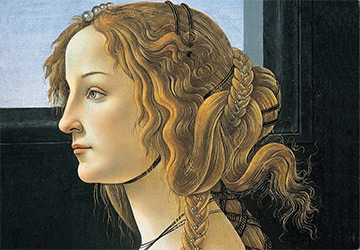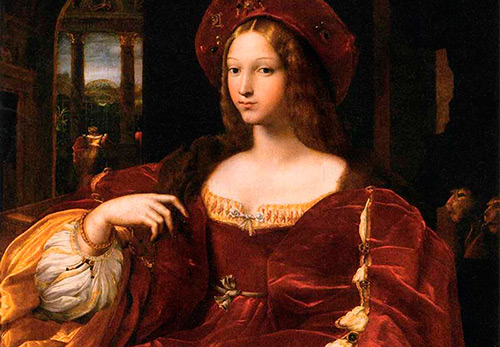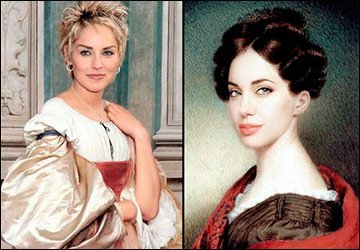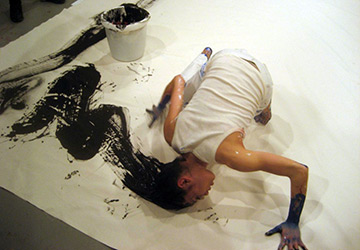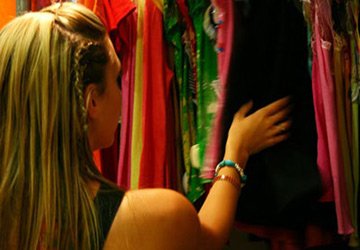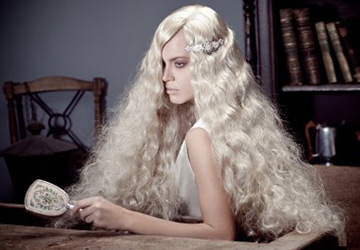Fashion history
German Hairstyles (Northern Renaissance)
In the XIV-XVI centuries. art Renaissance blossomed in Italy - the work of Leonardo da Vinci, Raphael, Michelangelo. However, it was not only in Italy that artists showed interest in the art of Antiquity and the natural sciences. A little later in time and a little north of Italy, medieval art also underwent changes - in Germany, the Netherlands. This art is called the art of the Northern Renaissance. Unlike the Italian Renaissance, in the countries of the Northern Renaissance, art was largely based not on the traditions of Antiquity, but on folk motives, plus there was a strong influence of the art of the past centuries - Gothic.
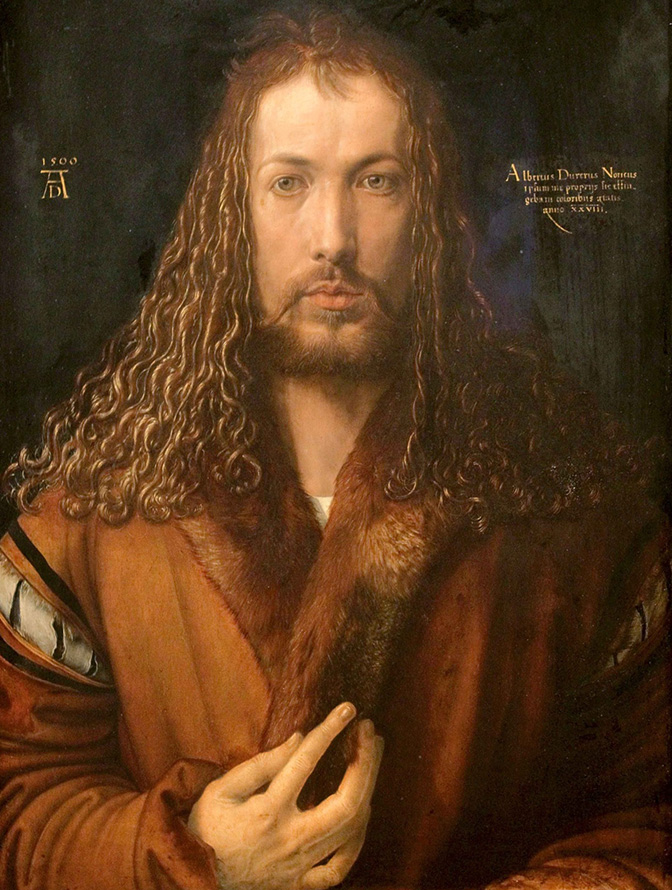
Albrecht Durer, "Self-portrait", Alte Pinakothek, Munich
The brightest countries of the Northern Renaissance are the Netherlands (for example, the artist Hieronymus Bosch), Germany (the artist Albrecht Durer).
Just like art, in the countries of the Northern Renaissance, both the costume and the hairstyle changed. Although, unlike Italy, they borrowed a lot from Middle ages.
Men's hairstyles in Germany during the Northern Renaissance (15th - 17th centuries)
Men generally wore long hair - shoulder-length or shoulder-length. Front - straight bangs. Hair could either stay straight or curl.
When hunting or traveling, men wore slicked-back hair and open ears.
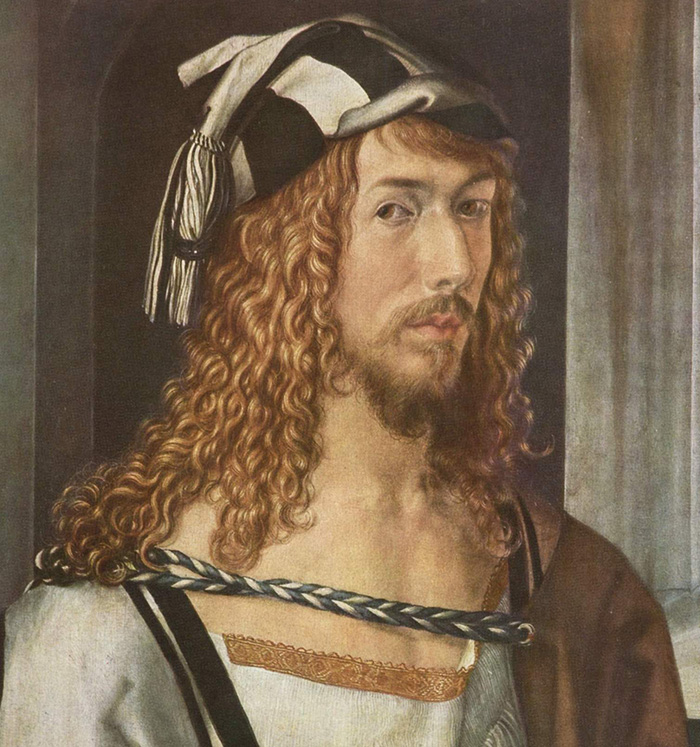
Albrecht Durer. "Self-portrait". 1498
Worn, but much less often, and hairstyle "flasks" - hairstyle in Italian fashion, elliptical, with hair just above the shoulder line.
Peasants and military men wore "peisan" hairstyles, which appeared in the Middle Ages.
From the end of the 16th century, Spanish fashion began to penetrate into northern Europe. Short haircuts in Spanish appear, which are worn with small pointed beards.
Beards were worn in Germany at the time, as were mustaches. But there was one rule - men grew either a beard or a mustache. Beards were of various shapes - pointed (in Spanish), round, wedge-shaped, forked.
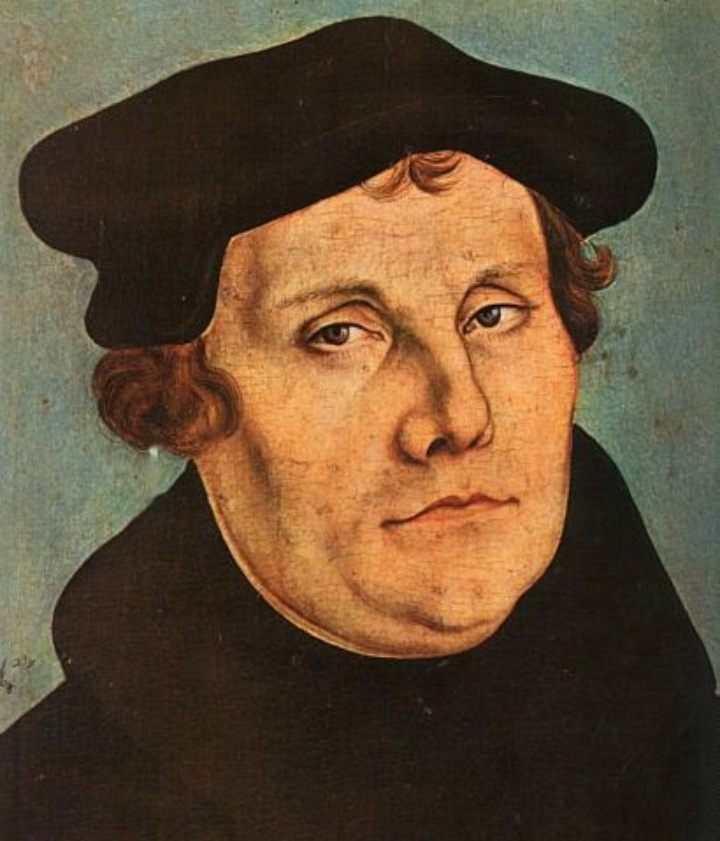
Martin Luther, portrait by Lucas Cranach the Elder
Among fashionistas, there were beards with hair on only one cheek, while the other cheek was shaved. However, such beards quickly became the subject of jokes and went out of fashion.
Women's hairstyles in Germany during the Northern Renaissance (15th - 17th centuries)
The most common female German hairstyles are various types of braids. They could also wear artificial braids. But the recognized beauties were obliged to have their own, natural, long and thick braids.
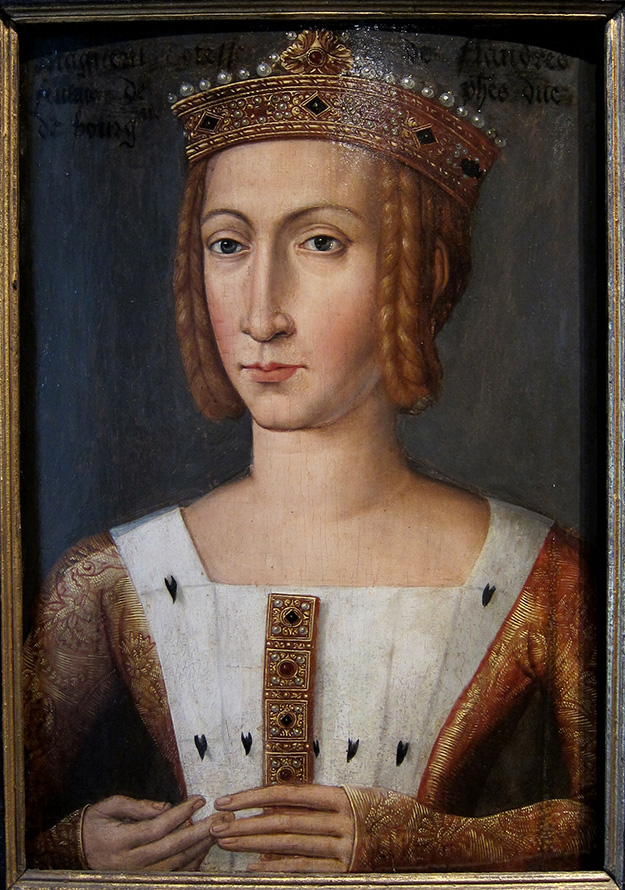
Flemish school "Portrait of Margaret, Countess of Flemish, wife of Philip the Bold" (fragment). XVI century. Almshouse Museum Contessa, Lille
Women's hairstyles, like headdresses, in Germany of that period have a lot in common with the hairstyles and headdresses of Holland and Flanders.
The girls braided their temporal braids. Married women braided their hair in braids and laid them in intricate shapes around the head or above the temples - like a "crown" (the braid was twisted around the head), like "donuts", "snails" (the braids were laid in the form of a spiral from the right and left temples) ...
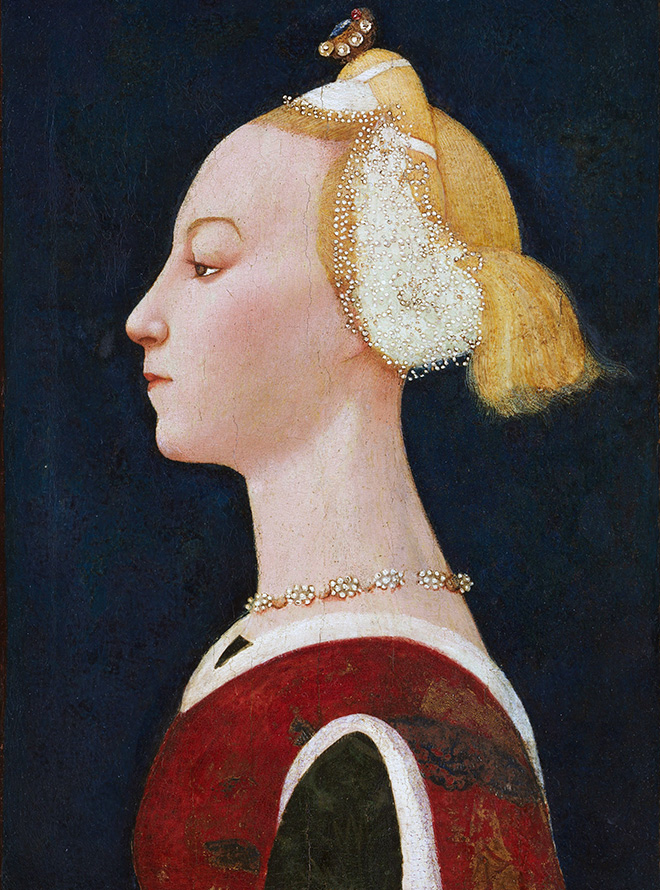
Master of the Castellan Christmas "Portrait of a Lady" (detail). 1450th. Metropolitan Museum of Art, New York. Braid around the head
Interestingly, in court, girls and women, taking an oath to speak only the truth, swore by their own braids. They wound braids around their left arm, which was placed on the chest. The right hand was placed on the rod of the judge, who took the oath.
From the end of the 16th century in the German principalities, high hairstyles, modeled on the Spanish and French hairstyles of that time, gradually began to come into fashion.
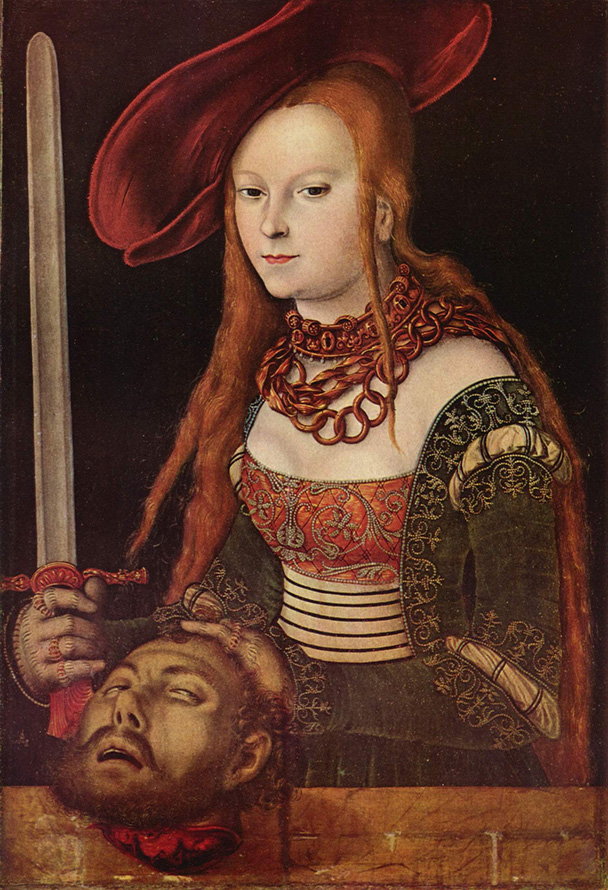
Lucas Cranach the Elder "Judith with the Head of Holofernes". State Gallery of Stuttgart
Hats
Men generally wore barrets as a headdress (a quadrangular hat originally from the Middle Ages). Moreover, these hats were worn by representatives of all classes. In the 15th century, these were soft, small-shaped headdresses with folding brims. In the 16th century, their sizes became larger, and the fields went around the whole circle. The barrets were decorated with gold plaques, pins, and cords. And their shape became more and more flat over time.
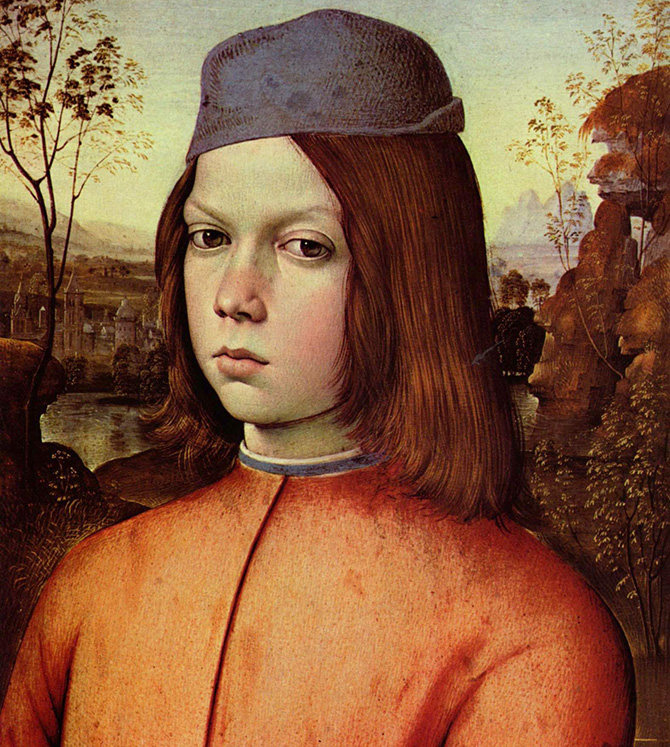
Round barretta. Pinturicchio "Portrait of a Boy" (detail). OK. 1500. Gallery of Old Masters, Dresden
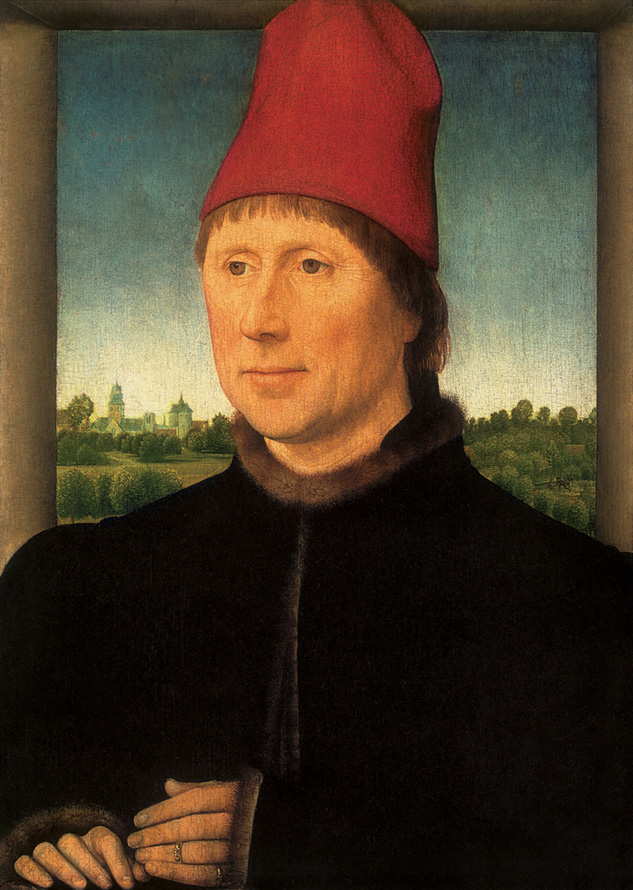
High barrette. Hans Memling "Portrait of a Man in a Red Hat." 1470. Shtedel Art Institute, Frankfurt am Main
By the end of the 16th century, felt hats with narrow brims in the form of a high cone will come into fashion for men.
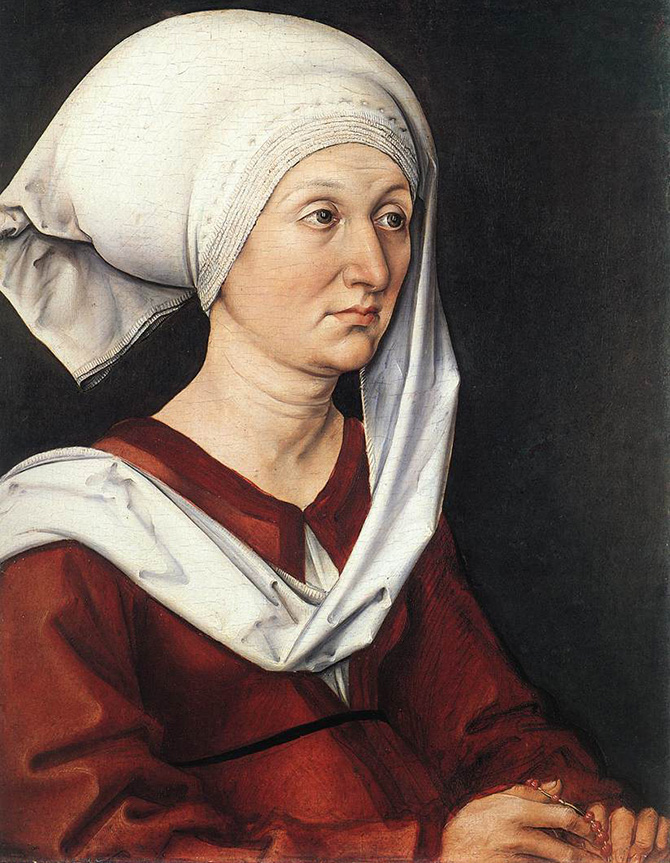
Albrecht Durer. Barbara Durer, née Holper, Nuremberg, German National Museum
Women wore caps of various shapes as headdresses, scarves, bedspreads rolled up in the form of a turban (a fashion that came from Venice), felt hats. Very often there were also "old" medieval headdresses - annen, gorj.
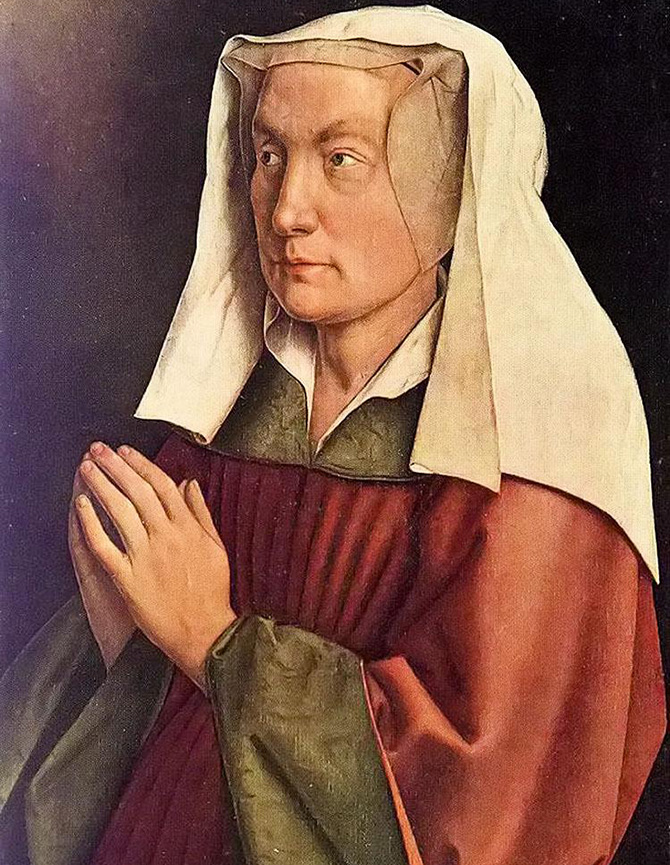
Jan van Eyck "Portrait of the Donor's Wife" (fragment) - "Ghent Altar" (lower right panel of the polyptych closed). 1432. Cathedral of Saint Bavo, Ghent. White bedspread

Hans Memling "Praying Donator Katerina Kanalyi with the Archangel Michael" (fragment) - "The Last Judgment" (right panel of the triptych, reverse side). 1473. Pomeranian Museum, Gdansk
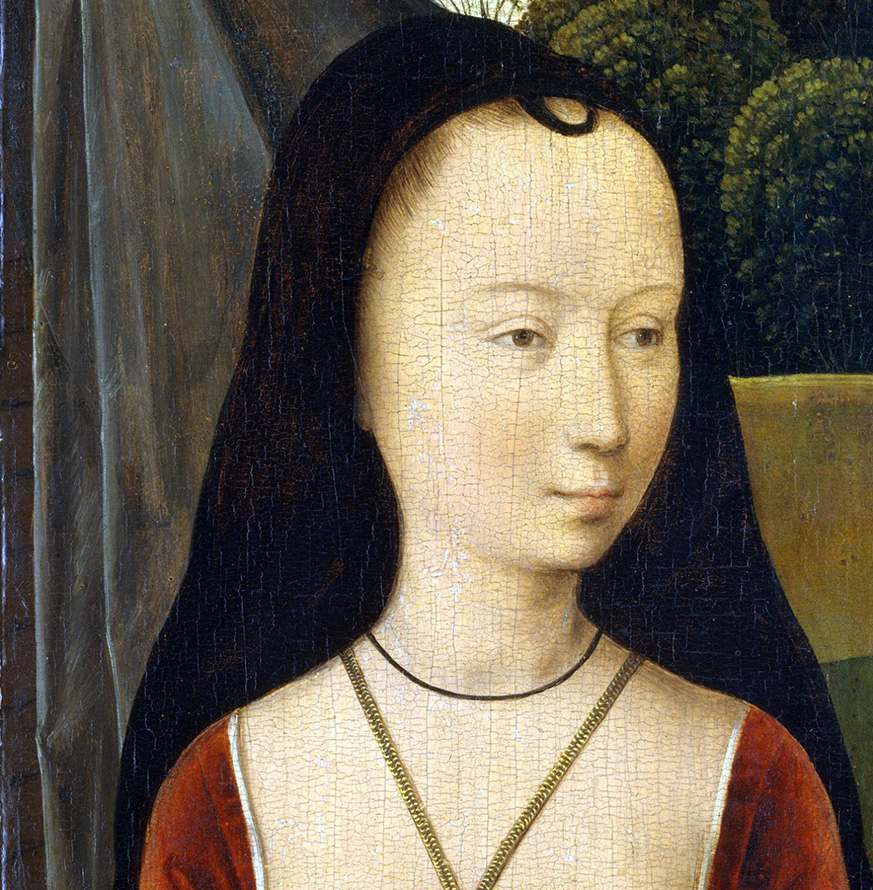
Hans Memling "Girl with a Carnation" (detail) - "Diptych with an Allegory of True Love and Horses" (left panel). 1485-90. Metropolitan Museum of Art, New York
Annen
Elderly women always covered their heads with light-colored fabrics as a kind of blanket.
Comments and Reviews
Add a comment
Rating news
Shades of clothing that make women look younger
What shades of hair make women younger: rules and photos
Funny wedding dresses - photos and ideas
12 most expensive down jackets for the winter
How to look 25 at 40: tips from supermodels
Beautiful schoolgirls
Anti-aging haircuts and hairstyles for women
Fashionable skirts for autumn and winter
Fashionable women's trousers for the cold season
Fashionable and stylish sandals for summer 2024
Spring-summer 2024
 Fashionable dresses and tops with thin spaghetti straps
Fashionable dresses and tops with thin spaghetti straps
 Bandana tops: how to wear stylishly and beautifully
Bandana tops: how to wear stylishly and beautifully
 How to put together the perfect men's wardrobe for the summer
How to put together the perfect men's wardrobe for the summer
 Fashionable shorts for spring-summer 2024
Fashionable shorts for spring-summer 2024
 Fashionable skirts for spring-summer 2024: a guide to online shopping
Fashionable skirts for spring-summer 2024: a guide to online shopping
 The most fashionable dresses spring-summer 2024: styles and colors
The most fashionable dresses spring-summer 2024: styles and colors
 Fashionable total look 2024: ideas of images and trends
Fashionable total look 2024: ideas of images and trends
